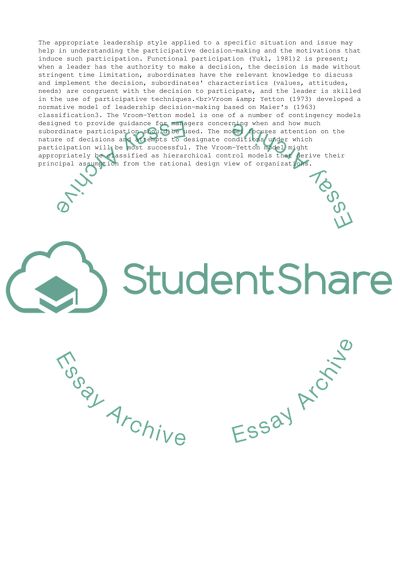Cite this document
(“Leadership Methods and Skills Research Proposal”, n.d.)
Leadership Methods and Skills Research Proposal. Retrieved from https://studentshare.org/management/1528913-decision-making-essay
Leadership Methods and Skills Research Proposal. Retrieved from https://studentshare.org/management/1528913-decision-making-essay
(Leadership Methods and Skills Research Proposal)
Leadership Methods and Skills Research Proposal. https://studentshare.org/management/1528913-decision-making-essay.
Leadership Methods and Skills Research Proposal. https://studentshare.org/management/1528913-decision-making-essay.
“Leadership Methods and Skills Research Proposal”, n.d. https://studentshare.org/management/1528913-decision-making-essay.


